Curious about seed starting or indoor gardening in general? On today’s show, we have Tracey from @thefakefarmgirl explaining exactly how to get good germination, what type of light works for seed starting and what plants are the easiest to grow.
Listen below or find us on your favorite podcast app: iTunes, Stitcher, Spotify, GooglePlay and Overcast
Indoor Gardening
Specifically, we chatted about:
- All types of seed starting supplies including: trays with covers, lights, and growing mat.
- The key to knowing when to transplant is knowing your growing zone.
- Rosemary and Lavender are easier herbs to grow indoors.
- If you want a good laugh, check out the “Matter Baby” highlight in Tracey’s IG.
- Get a walk-through of exactly what Tracey does and a look at her setup in her “Seed” stories on IG.
You can find us on our blogs or connect with each of us on Instagram:


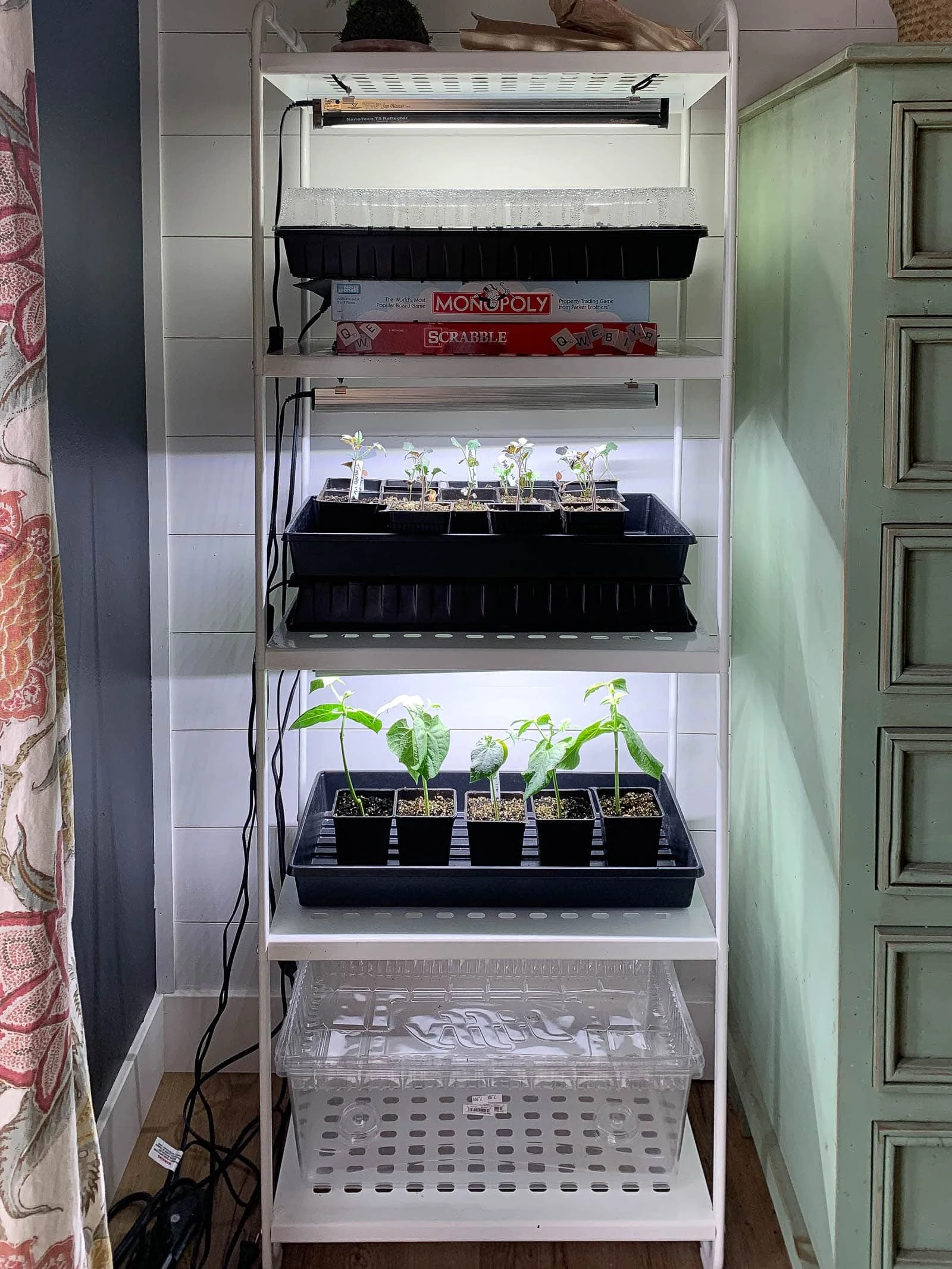
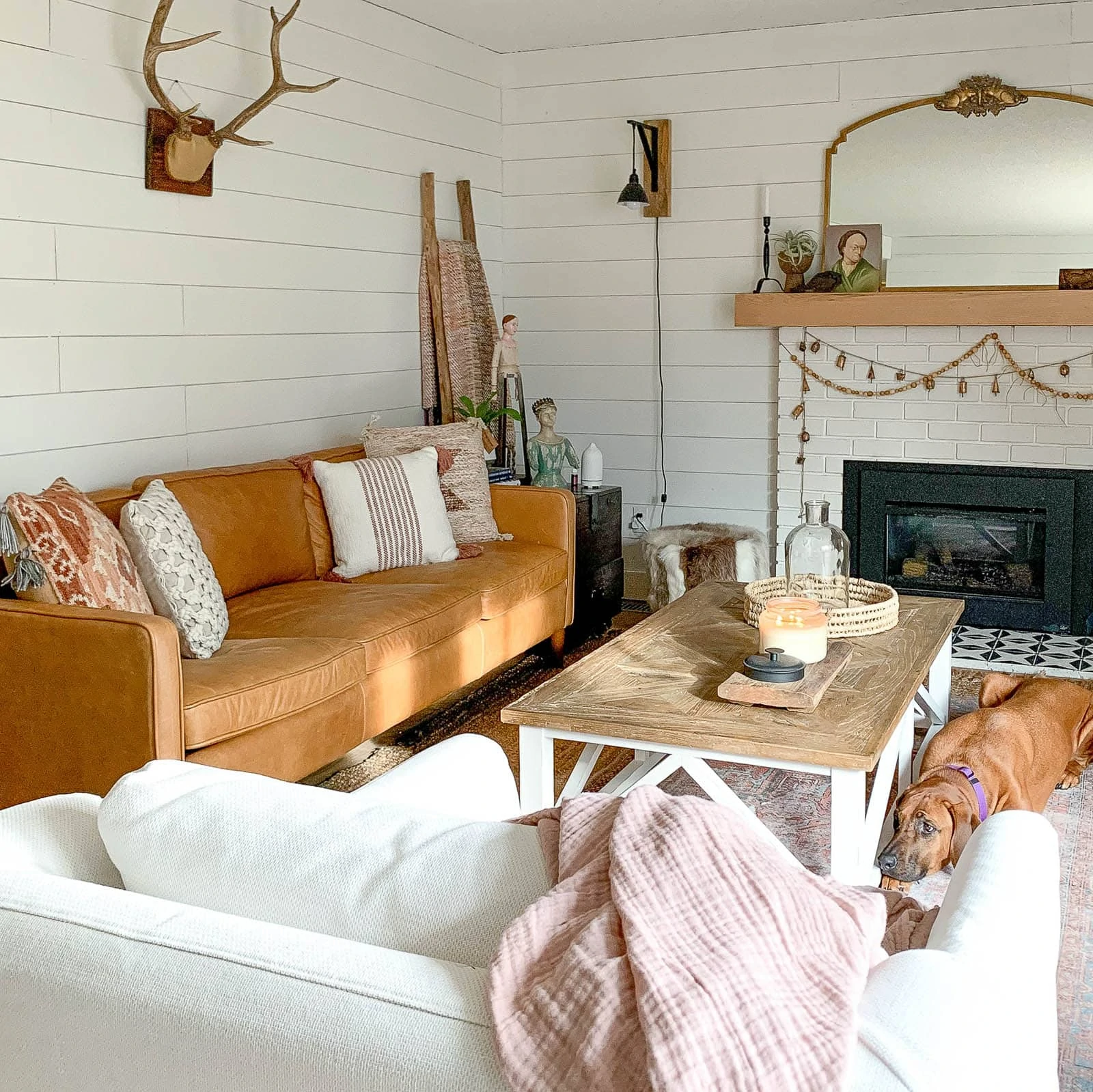
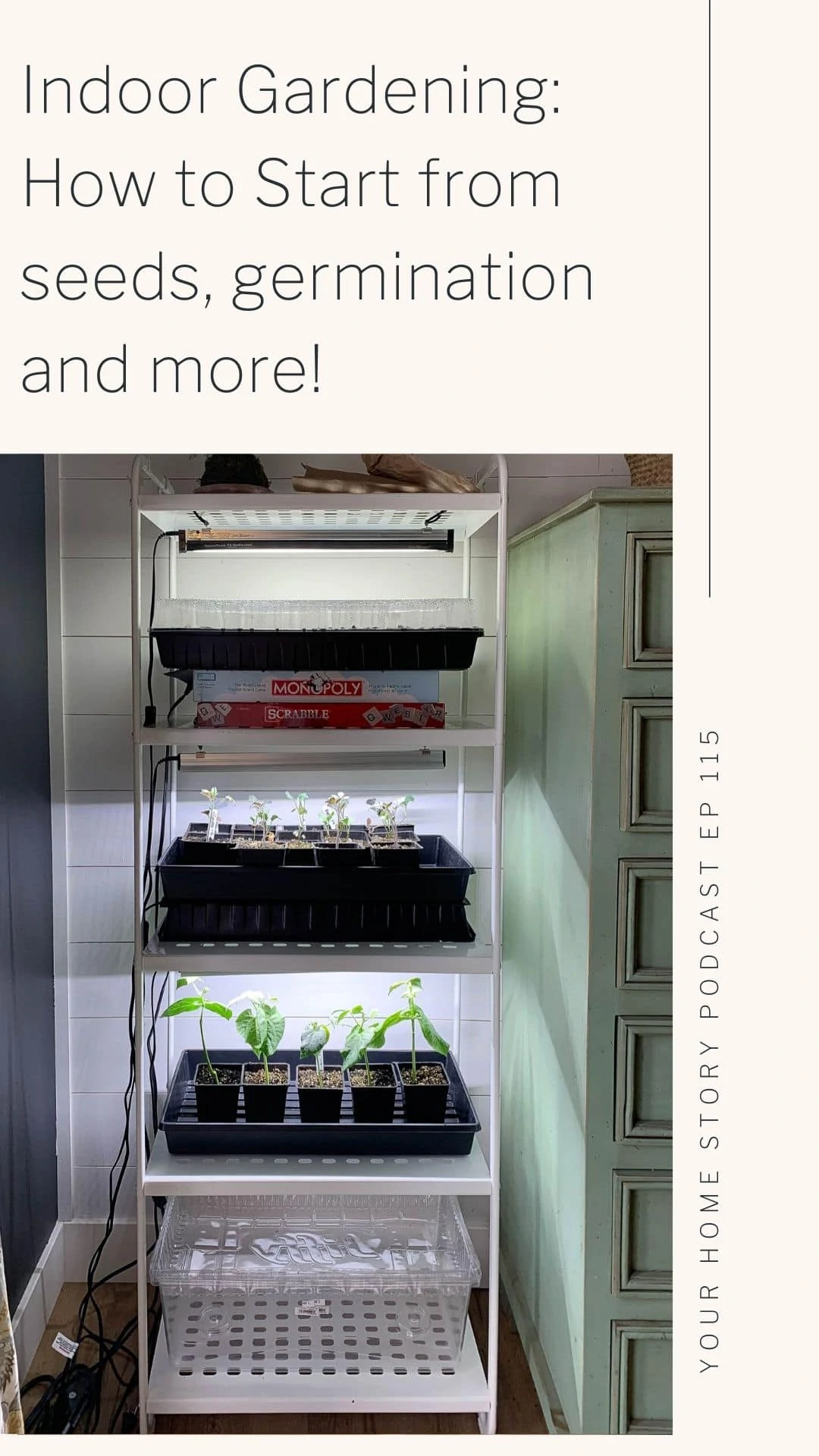
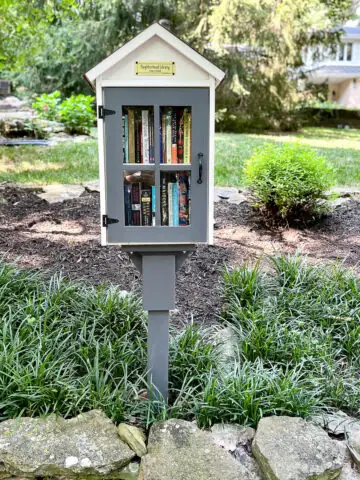
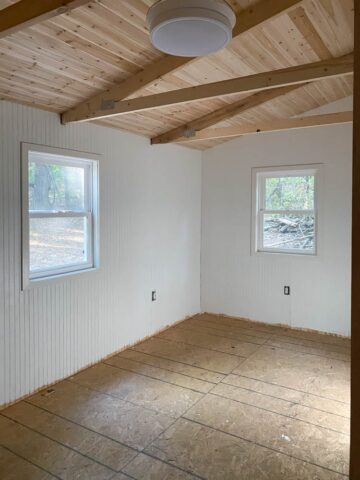
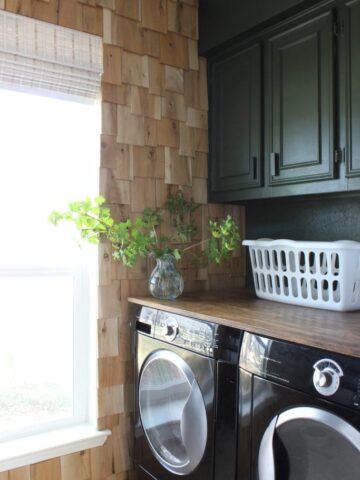
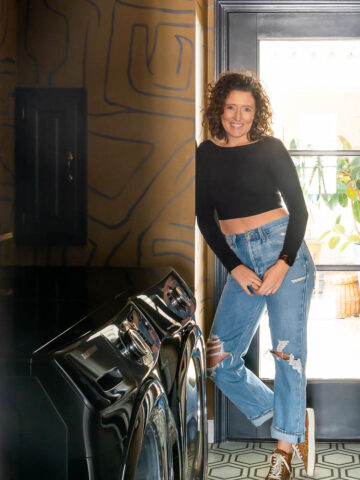
Cindy
Nice podcast. I love anything about growing. However, I do want to make a correction since people are looking to this for guidance, accuracy is important. The discussion about reseeding plants perhaps more correctly should be called self-seeding or self-sowing plants. Many plants will self sow but it is not necessary by lifecycle type. Your guest mentions perennials reseeding but that is less common, annuals more typically will self sow- dill and cilantro are great examples of prolific self seeders, also lettuces, arugula. Chives are an example of a self seeding perennial- I have a large one to serve my needs so I cut the flowers so it doesn’t reseed and take over my herb bed. Mainly annual plants let go to flower will turn the flower heads into seeds. Biennials will too however, only in their 2nd year. This is how they propagate themselves since they will die back at the end of the season. Some perennials also produce seeds but often will replicate themselves by other means like runners or you can do root division or leaf cuttings to propagate them yourself. But perennials don’t need to go to seed to come back the following season. Perennials, if they are hardy for your zone will come back next year- the plant will die back but the roots store energy and will remain dormant underground until spring when the ground warms enough to trigger regrowth
A perennial is a plant that will survive underground over winter and will continue to survive/produce for many years
An annual is a plant that’s lifecycle is only a single season. It’s energy and life’s purpose is produce flowers that turn to seed that will fall to the ground or be eaten and transported by birds and other wildlife to come back the next season.
And a biennial is a plant with a 2 year life cycle that will bear flowers and produce seed in its second and final year. Ie. parsley.
Note- sometimes tender perennials (not winter Hardy) are grown as annuals in zones that have winters too harsh for the plant to survive. Meaning that growers will just let them die and replant each spring as though they are annuals.
Ashley Mayes
Hi Cindy,
GREAT information! Yes, so Tracey was amazing to have on the show but she'll tell you that she's just a hobby gardener. As you can tell (by listening), I'm a total newbie!! You clarified some of that information very well. I'll add some of what you said to share on a new podcast episode as a tip! Appreciate you listening and sending your recommendations.
Cindy
I enjoyed the growing/gardening podcast; would love if you have more. I’m not an expert either just an enthusiast- I love experimenting with growing, sometimes breaking a few guidelines and sharing experiences and info with others who Also love growing
I used to volunteer at a CSA farm until we relocated and currently work in a garden centre but still am no expert and I know that there are only a few hard rules and mostly guidelines as nature is unpredictable, resilient, dynamic and always interesting.
I have very little experience/success starting seeds indoors because of light and space. I’m dabbling a bit more this year (fingers crossed) as I expect some seedlings will be harder to source.
I enjoyed listening to Tracey’s suggestions and experience with indoor seed starting - it was quite helpful
Happy growing!